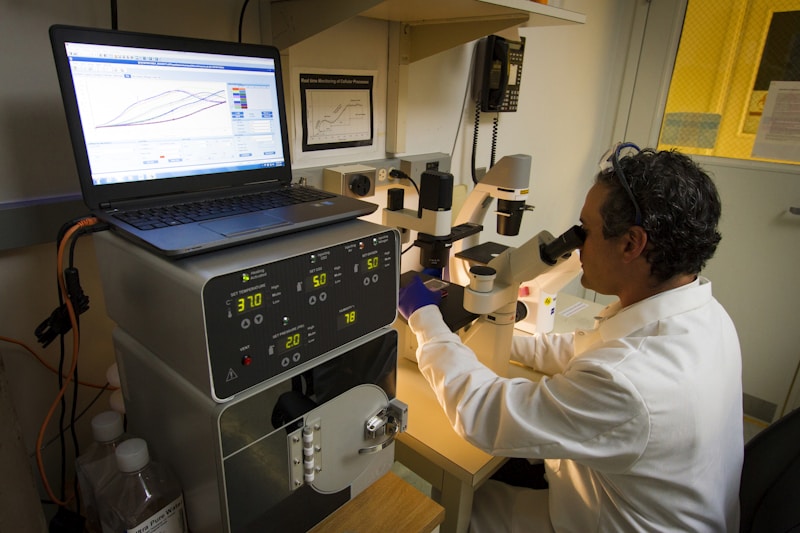The topic of warming up is a controversial one in yoga. Let’s delve in and examine the pros and cons of yoga warm ups.
Is It Always Necessary to Warm up Before Yoga?
The short answer is, not necessarily: different forms of yoga require different things from the body. Iyengar or Hatha yoga, for example, are static stretches of the body and usually, by following a set progressive sequence, the poses will naturally warm up your body for you. However, for a discipline like Ashtanga yoga, which consists of dynamic, free-flowing stretches for the body, some warm ups to prepare for the class may well be necessary.
Some teachers eschew warm ups as only really necessary for other types of exercise, such as running, while others think they’re essential:
Warm-up postures, such as light twisting and bending, shoulder rotations and spinal rocking, help you prepare for the activity ahead. You are improving your muscle flexibility, loosening areas of your body, increasing blood flow to your extremities, and focusing your mind on the task ahead. A warm-up routine is just as important as the yoga practice itself.”
~ Suzanne Maguire, Yoga Practitioner
See Also: The 4 Key Differences Between Iyengar and Ashtanga Yoga
Main Arguments For A Good Warm Up
It can be a good idea to begin your practice with some gentle warm up poses when it’s cold outside. The historical home of yoga is the Indian subcontinent, which has a tropical average annual temperature of approximately 24.5° C, unlike our changeable and often chilly British weather.
Although we’re currently seeing the first signs of spring, it is still winter, as the recent arctic blasts have shown, and it’s important to ensure that our bodies are warm before attempting the deeper stretches and more challenging poses.
When the weather is cold it affects our bodies. The circulation is diverted to keeping the core temperature stable, so other parts of the body aren’t as well supplied by the blood stream. A good warm up will do exactly that; increase the body temperature by increasing the circulation of blood to the muscles, so that the muscles become less tense and more mobile. It will also elevate the heart rate and warm the skin. This reduces the risk of injury.
Other Things To Keep In Mind
The muscle groups that need the most waking up are often the shoulders, hamstrings, hips and groins. As our bodies get older, these muscles start to lose flexibility and are more prone to tearing or strain, so warming up may be more important for older practitioners. For beginners it can also help to acclimatise their bodies and minds by incorporating some gentle warm up poses at the beginning of the class.
If you’ve had a break from your yoga practice, due to injury or ill health, easing the body into a deeper practice by incorporating warm up poses into your practice are a good way to be kind to your body.
Keeping the Body Warm
Another way to warm up the body is to try to make sure you do your practice somewhere warm. By heating up the practice environment, it will take less time and physical effort to warm up the muscles. Crank up the heating if it’s cold – it’s better to open a window for ventilation when it gets hot, then be able to close it again – than be shivering at the end of the class when the body starts to cool down.
Mental Warm Ups Count Too!
Warm ups can help to get into a ‘yoga mindset’. For example, Balasana or Child’s Pose can help focus the mind inward, reducing distractions and allowing the mind to ‘cool’ as the head is below the hips.
If you’re early for a class it can be a good idea to do some gentle warm up poses to prepare yourself mentally and physically for the class ahead. A big part of yoga is that we bring the mind into the body, which is difficult to do when your mind is still at work, or thinking about all the domestic tasks left undone. By giving the body a gentle stretch on the mat we allow the mind to bring its attention to the stretch, and shed the tension or stress of the rest of the day.
Should Yoga Teachers Warm Up Their Students?
It may not be necessary to introduce your class with warm ups as standard, but, as discussed earlier, it can be helpful to incorporate a few warm up poses if you’re teaching raw beginners, if your class is predominantly elderly, or if it’s very cold out.
Some Useful Yoga Warm Up Sequences
Here are a few useful poses to run your own warm ups.
- Knees to Chest (Wind-Relieving Pose)
- Table Pose (on all fours)
- Desk Pose (half chatush padasana)
- Child’s Pose, with hands by the thighs
- Seated lower back stretch (half uttanasana on a chair)
- Seated Corpse Pose (Savasana with lower legs supported on a chair)
The Iyengar Yoga 20-Week course for beginners suggests starting the practice with the following poses:
- Mountain Pose (Tadasana)
- Hands above the head (Urdhva Hastasana)
- Interlocked hands above the head (Baddhanguliyasana)
- Arms held at opposite elbows behind the back (Paschima Baddha Hastasana)
- Standing Forward Bend (Uttanasana)
- Downward Dog (Adhomukha Svanasana)
- Cow Face Pose (Gomukhasana)
- Triangle Pose (Trikonasana)
- Extended Side Angle Pose (Utthita Parshvakonasana)
Some other suggestions for warm up poses are:
- Pelvic tilts
- Eye of the needle pose
- Reclined Bound Angle Pose (Supta Baddha Konasana)
- Cat-Cow stretches
- Half Lord of the Fishes Pose (Ardha Matsyendrasana)
- Eagle Pose (Garudasana)
- Forward bend in Sukhasana (cross-legged or easy pose)
Over to You
Personally, I sometimes start my practice with some warm up poses, often Child Pose, or Pavana Muktasana (wind-relieving pose), especially if I’m feeling stiff in the hips, but at other times I just jump straight into some standing poses without feeling the need for quiet poses to bring me gently into the practice. Whatever the case, it’s always useful to make an informed decision on whether or not you will introduce a warm up to your students and what poses to include!












